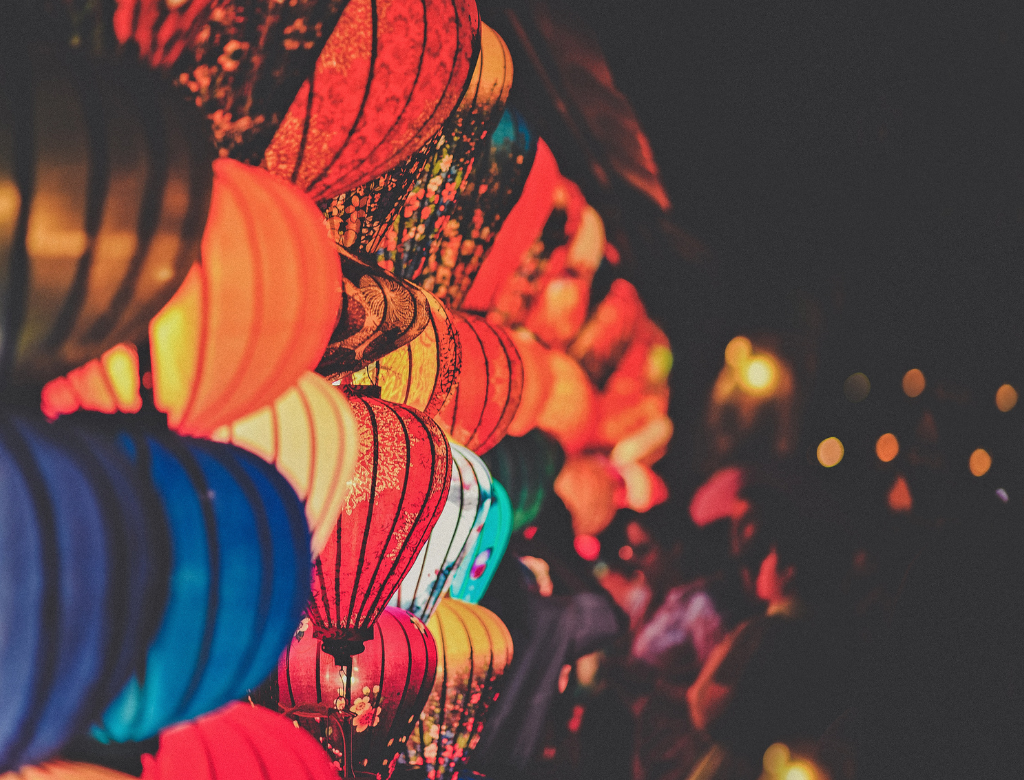Origins of Japanese Festivals
Origins of Japanese Festivals: Ancient Religious Ceremonies
Japanese festivals, with their rich history and cultural significance, have garnered attention from around the world. This article explores how these festivals began and how they have evolved over time.
Ancient Religious Ceremonies
- Gratitude to Nature: Ancient Japanese viewed natural phenomena as sacred and offered prayers to the gods for bountiful harvests and disaster prevention. These rituals became the prototype of festivals.
- Myths and Legends: Japanese myths, especially those recorded in the "Kojiki" and "Nihon Shoki," are deeply related to the origins of many festivals.
~Stories of Japanese Deities~
- Amaterasu Omikami: The sun goddess in Japanese mythology and one of the most important deities. The story of her hiding in a cave, plunging the world into darkness, and the other gods' efforts to lure her out is well-known. This tale is symbolically represented in many festivals and ceremonies.
(Example) Ise Grand Shrine Festivals (Mie Prefecture): Numerous festivals are held throughout the year at Ise Grand Shrine, which worships Amaterasu Omikami. Particularly important are the New Year's prayer festival and the autumn harvest festival. - Susanoo-no-Mikoto: The brother of Amaterasu Omikami, god of the sea and storms. His adventures, including the battle with the eight-headed serpent Yamata-no-Orochi and his role as a cultural hero in the Izumo region, are recounted in many festivals as symbols of courage and strength.
(Example) Izumo Taisha Grand Shrine Festival (Shimane Prefecture): A special period called Kamiarizuki (month when gods are present) occurs every October at Izumo Taisha, where gods from all over Japan are said to gather. - Izanagi and Izanami: Deities believed to have created the Japanese archipelago. Their story explains the origins of Japan's nature and terrain, influencing many festivals and traditional tales.
(Example) Yamato Sanzan Festivals (Nara Prefecture): Festivals related to the myths of Izanagi and Izanami are held in spring and autumn at local shrines around the three mountains of Yamato (Unebi, Miminashi, and Amanokagu). - Seven Lucky Gods: A group of seven gods believed to bring fortune. These deities symbolize blessings closely related to people's daily lives, such as business prosperity, longevity, and good luck. Festivals and events worshipping the Seven Lucky Gods are widely held across Japan.
(Example) Seven Lucky Gods Pilgrimage (Various Locations): Pilgrimages to temples and shrines dedicated to the Seven Lucky Gods are common across Japan, especially popular during the New Year period. There are famous routes in urban areas like Asakusa in Tokyo and Tennoji in Osaka.




Comments
Post a Comment